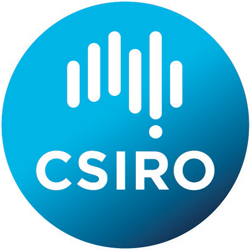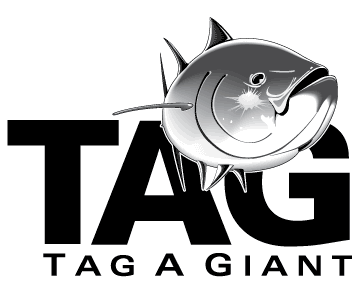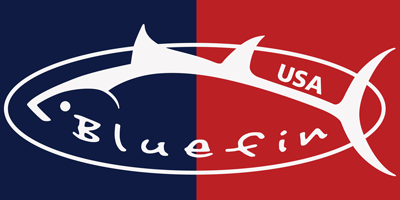Antonio Di Natale and David J. Die
Session 1, Talk 6, 18/1/16 @ 1030 hrs
Despite a long history of research, many aspects of the Atlantic bluefin tuna fishery, biology and ecology are still poorly known. For this reason, in 2008, ICCAT decided to start the Atlantic-wide research program for bluefin tuna (GBYP). This broad and ambitious research program includes data mining and recovery of historical fishery and biological information, aerial survey for spawning aggregations, conventional and electronic tagging, biological collection of samples for ageing, micro-chemistry, genetics and otoliths shape analysis and finally, development of new population modelling approaches. The first five GBYP Phases covered the period 2010-2016 and produced many interesting results, along with hundreds of papers and reports. Several scientific methods have been tested for the first time on bluefin tuna, and others have been done at a scale never attempted before for the species. Many of the research results have clearly improved the knowledge of this species and its fisheries. The fishery data sets now available for Atlantic bluefin tuna contain the longest time series for a marine species, going from 1512 to 2015. Genetic material obtained from very ancient samples (II century b.c.) is now also available. By involving research entities from 23 different countries, and hundreds of scientists and technicians, this program has demonstrated the importance of working together for a common objective: improving the knowledge about Atlantic bluefin tuna and its fishery to support management decisions.
Contact: A. Di Natale, GBYP Coordinator, ICCAT Secretariat, Spain, This email address is being protected from spambots. You need JavaScript enabled to view it.














